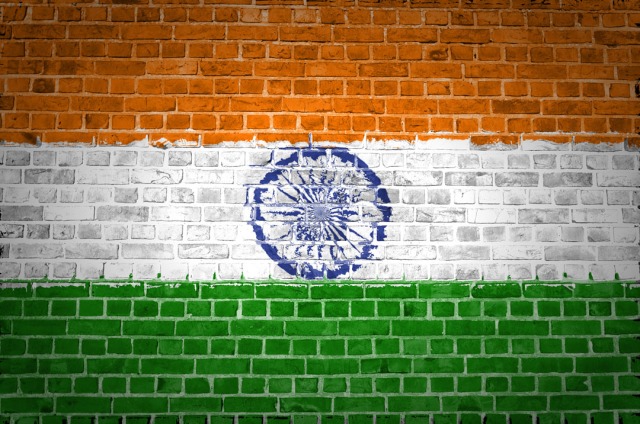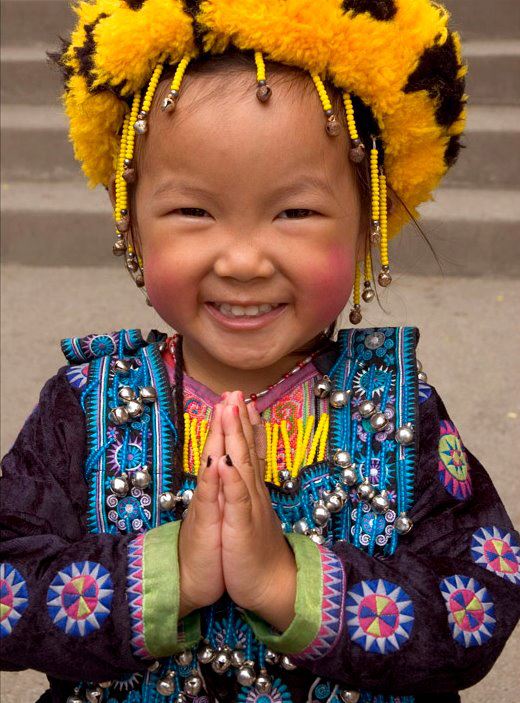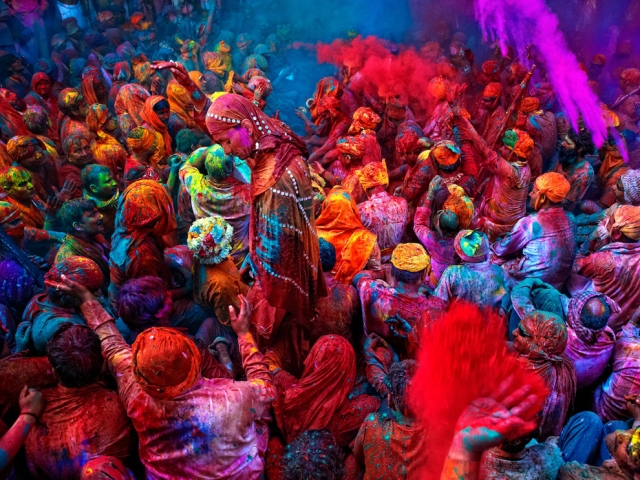
“By placing this Sindoor on your forehead, I make you mine. I take you as my wife.”
Sindoor सिन्दूर : Hindi pronounced Sin-Dur is the red vermilion powder worn by married Hindu women along the Maang (parting) of their hair. Being in use since the Vedic era, it is also called ‘Kumkum’ when mixed with turmeric.
Why Sindoor or Kumkum?
Considered scientifically and spiritually beneficial, it absorbs the ‘bad’ influences and enhances the power of concentration through the 3rd chakra which is centered on the forehead in between the eyebrows. It also enhances feminine grace and beauty. RED is the color of love and passion and hence is worn by women to win the hearts of their husbands.
It signifies that the woman who wears it is married and under the protection of her husband, therefore no one dare make the mistake of casting the evil eye on her.
Red is also the color of fire and strength. By wearing it, even the slight unassuming Indian woman can assume the role of Shakti (the divine feminine power) not only to protect herself but also for the security of her children.

Excerpt from ‘Inconvenient Relations’
You’re Mine
Ruhi saw Debo examining her curiously and realized that the sari had slipped off her shoulder while tending to Anu.
“What is up, dear? Where is your mangalsutra and sindoor? I noticed earlier but didn’t bring it up.”
“Umm…the chain broke. I have given it for fixing.”
“Then what about the sindoor?”
“I…The whole thing fell on the carpet yesterday and made a mess. I have to go get some more.”
“Ruhi look at me.” Debo gently propped her face up by the chin. “You consider me like your elder sister, right?”
She answered with an apprehensive nod.
“Then there are certain things, which are essential for a married Indian woman. It doesn’t matter what your husband may say, but you should not take them lightly. You should never go without your sindoor because it is an auspicious symbol of your marriage and also a sign that indicates your love will prosper. Therefore, even if you don’t have your wedding necklace, you should at least wear your sindoor.”
“Yes, di, I will try to get some as soon as possible.”
“Soon? Why not now?”
Ruhi felt trapped as Debo dragged her to a tiny shrine and picked up a small silver receptacle full of the vermilion powder.
“I can put it on, di, give it to me.”
“No, I have a better idea. Shaan!” Debo called out.
Ruhi felt upset; her body began to tremble.
“What is it, bhabhi? Time for food?” Shaan appeared, smiling along with Sujoy.
“Shaan, I didn’t expect this from you. I know you love your wife dearly, but letting her go about bareheaded. It is not right.”
“Let them be, Debo, they are a modern couple. It’s their life. You don’t have to interfere.” Sujoy chimed in acutely embarrassed; his wife was quite the traditionalist.
“You keep out of it, Sujoy, I know my sister. She will listen to me.”
She handed Shaan the receptacle and urged him, “Take this and put it back where it belongs with God as your witness and don’t ever let her go unadorned again.”
Then as he hesitated, she asked, frowning, ”Is there something wrong between you two?”
“No, of course not.” He looked at Ruhi who had grown completely silent.
“Go ahead, Shaan,” Bee said softly, giving him permission.
He pinched a small amount of the red powder and placed it firmly in the parting on her forehead. Not entirely certain why, but this makeshift ceremony appeared more meaningful to him than the one on his wedding day.
“Perfect! Now my mishti bon looks like a bride, a very beautiful bride.”
~
BUY LINKS



























